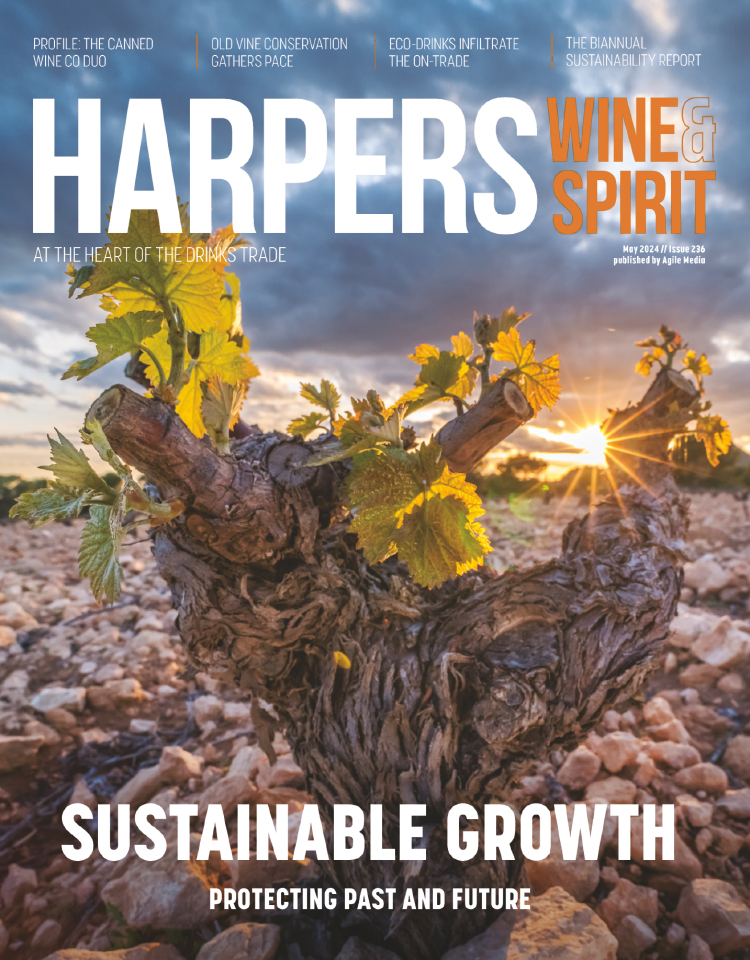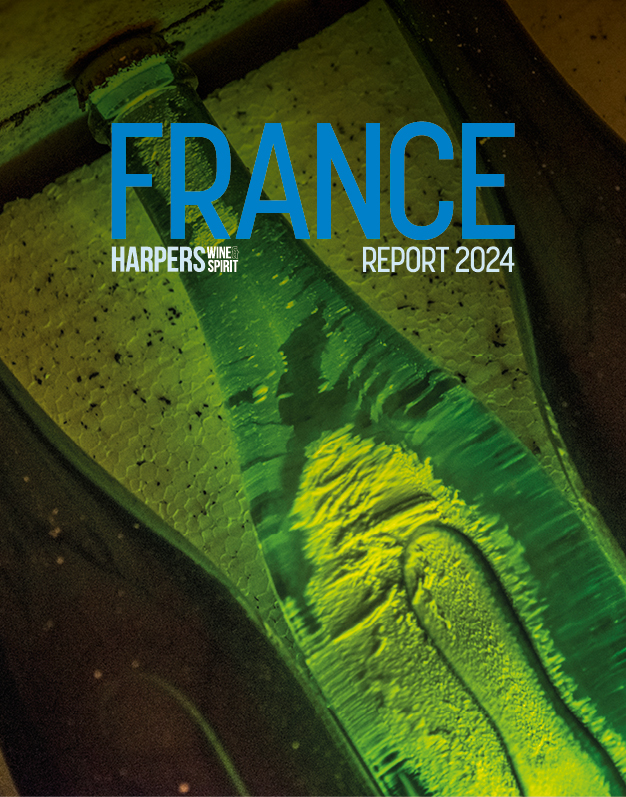
Long read: When it comes to no and low, one size does not fit all
Richard Horwell, owner of London-based food and drink marketing and branding company, Brand Relations, talks though the nuances between no and low beers, wines and spirits, and sets out the future for each.
Over recent years we have seen zero alcohol beverages becoming more popular. Research published in the 2021 Lumina Intelligence Low2No Alcohol Report (June 2021) shows that 30% of young people are actively choosing to avoid alcohol. Older people are cutting back or eliminating it as they want the comfort of driving to/from their destination without worrying about being over the limit.
There is a market now, but is this a long-term proposition? Is the industry exploiting a short-term fad by selling over-priced water, to which flavouring has been added, or is there more to this?
The sector has been fuelled by some great low alcohol beers (technically not alcohol free, although they are lumped into the zero-alcohol category). Small breweries have done an excellent job growing awareness of alcohol-free options, particularly in supermarkets.
But even if brewers have adopted a successful approach, it doesn’t mean the spirits market has found the same, or at least not yet. Why is this?
Defining the product and the market
Most 0% beers and wines are made in much the same way as their alcoholic counterparts, with the alcohol from the final product. However, alcohol is a natural preservative so many wine producers need to add preservatives which can be associated with negative health effects.
Unlike beer and wine, however, spirits are often opened and left on a shelf for months, so the quantity of preservatives needed to keep an alcohol-free drink bacteria-free is much higher.
For example, a bottle of alcohol-free gin usually costs around £20 with brands like Seedlip pricing a 700ml bottle at £26 and Xachoh charging as much as £29. Hardly worth £20+ when compared to other fruit-flavoured soft drinks!
In addition, unlike alcoholic drinks, alcohol-free spirits are required to list ingredients on the label, undermining the value perception producers are trying so hard to create. Consumers are not daft – they are cottoning on to the fact these drinks don’t really contain much that justifies the price tag; and that their concerns about health benefits are valid.
There are already quite a few players in the alcohol-free spirits sector, but the market is by no means saturated or mature. At the moment, it is a novelty with too many brands jumping in as they see high profit margins to be made on small volumes. However, as always, 90% of these will vanish over time and we’ll be left with the bigger players.
The market hasn’t yet adopted a price point that feels good value to consumers: 49% of consumers see them simply as soft drinks, albeit perhaps more ‘premium’ ones; 11% are already sceptical about the health benefits. So, the market is wide open and has a lot of work ahead if it’s to deliver something consumes really want.
The current big players
There are already plenty of alcohol-free gins. For example, Gordons has released its own and Hendricks has its own 0% brand, Atopia.
For alcohol free rums and vodkas, there are Clean Co’s Clean R, Strykk’s Not R*M, Crossip and Ritual. All of these have a price point between £18 and £28 per bottle. How do they justify this?
The same brands currently dominate the alcohol-free tequilas. Free Spirits, Clean Co and Ritual’s iterations carry price points of £19 to £29 a bottle.
In the 0% whisky sector there are fewer players, so far. The main players in this space include Free Spirits Bourbon, Celtic Soul, Ritual, Feragaia, and Fluere.
All are priced at over £20 per bottle, and unlike their alcoholic counterparts, low and no alcohol products don’t have duty included in the price, which makes their price point seem even more of a ‘rip off’.
Opportunities
According to research by Portman Group, this sector is likely to grow by 34% by 2024. Many players are likely to disappear, leaving space for market leaders to dominate, which is what happened in the coconut water and energy drinks markets a few years ago.
While alcohol-free beer and wine is likely to be dominated by already-established breweries and wineries, the real opportunity for new players is in the spirits’ sector. This is wide open as none of the brands already in this space have really nailed it.
We know health is one of the main drivers, so one of the biggest opportunities is to create zero-alcohol spirits that are actually healthy, without artificial ingredients/preservatives and which have a unique taste.
Those who continue to drink alcohol in moderation but want a healthy, tasty alternative for the days they choose to cut back, are unlikely to want a drink ‘pretending’ to be a spirit. Rather it will be something genuinely healthy and better still, functional. Nootropics – substances that gently alter brain chemistry – could be big for this group.
Alcoholics trying to stay sober are more likely to want ‘the real thing’ after getting a taste of the alcohol-free version, so this is not a responsible target market. Creating great tasting alternatives that are good to drink socially and don’t make you feel you are missing out is what this sector wants – not drinks that remind you of what they are trying to avoid.
Finally, the under 35s. These younger drinkers are driving the alcohol-free sector. They are the teetotallers who simply don’t have a taste for spirits like gin and rum, so trying to mimic their flavours seems a futile and pointless exercise.
Instead, consumers want zero-alcohol spirits that offer something unique, tasty, low sugar and free-from artificial preservatives. They will pay a premium for these interesting new drink choices, but are unlikely ever to pay the same as alcoholic spirits.
One way of achieving this will be to produce smaller bottles of craft drinks. Smaller bottles make it easier to maintain freshness as they’ll be consumed quicker. So, no need for lots of preservatives. They will also deliver a lower price point without impacting massively on margins. In addition, they are a great way to encourage people to try something new.
The other major opportunity is for new manufacturers to create a premium alcohol-free spirit alternative with a unique taste and character. Unique flavours will be hard to replicate and will give those who create them a huge first-mover advantage. They will be known as a pioneer of this new space and will set a standard to which other drinks will be compared. Standing out is always key – don’t follow, lead. Be a pioneer and be different.
One potentially interesting avenue is the use of natural, plant-based nootropics. Imagine an alcohol-free spirit that tasted great and helped you feel more relaxed, or slightly buzzed, or more cognitively sharp. Beverages with their own unique character, used in different situations, depending on the desired effect. I believe we will see some really interesting entrants into this market in the coming months.
There are fantastic opportunities for the right manufacturer to dominate the alcohol-free spirits space. But to grasp them, producers will need to think beyond ‘fake' gins and rums and create a new experience for drinkers that meets their desires and their needs – especially for those who have never tasted, and have no desire to taste, a spirit.
Keywords:
- new
- Spirits
- alcohol
- price
- sector
- drinks
- market
- drink
- free
- alcohol free
- per bottle
- zero alcohol
- players
- free spirits
- alcohol free spirits
- price point
- alcohol free spirit
- zero alcohol spirits
- create zero alcohol
- alcohol free beer







